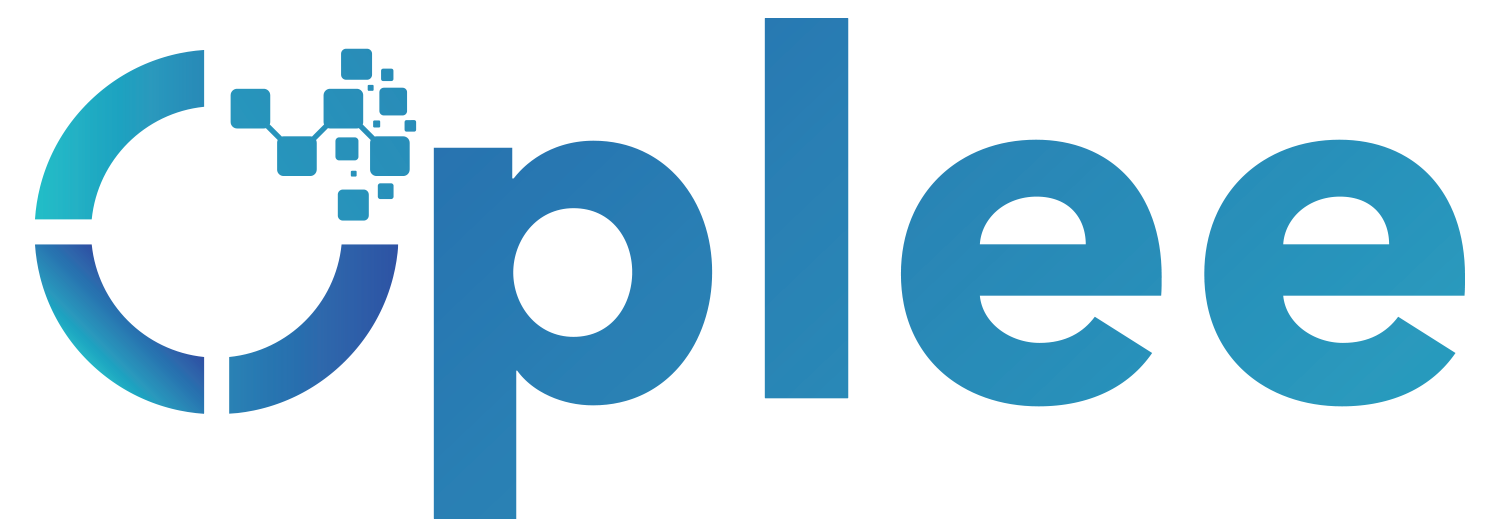Business Central Towers, Tower A, Office 1703, DIC, Dubai, UAE
Omnissa Horizon and VMware vSphere Foundation for VDI combined offerings explained
Omnissa Horizon and VMware vSphere Foundation for VDI combined offerings explained
What are the Omnissa Horizon and VVF for VDI “combined offerings”?
Omnissa and Broadcom have agreed to have Omnissa sell the “combined offering” versions of Omnissa Horizon SaaS and Horizon Term licenses bundled with VMware vSphere Foundation for VDI (which includes vSphere, vCenter, and vSAN). These combined offerings are available in both Named User and Concurrent User license metrics and for 1-, 2-, 3-, 4-, and 5-year terms. For the vSphere Foundation for VDI software in the combined offering, customers may use vSphere as needed in support of the licensed Horizon user count.
What is included in VVF for VDI?
VVF for VDI includes:
- vSphere Enterprise Plus (per user)
- vCenter Standard
- vSAN Enterprise (100 GiB of trial capacity per processor core)
What if I am a legacy Horizon customer and now have a renewal due? Will I get the new combined offering?
Customers will get the new entitlement to VVF for VDI at the time of renewal. Expansion licenses that customers purchase will be fulfilled with VVF for VDI and may be combined into their existing vSphere and vSAN deployments.
What if my renewal is not due for several months or longer? Can I still get access to the entitlement to VVF for VDI?
No, you will not receive access to the entitlement for VVF for VDI until you purchase it at the time of your renewal. Until your next renewal, you may continue to use your existing entitlements to vSphere and vSAN Advanced, depending on the edition you purchased.
How do I get VVF for VDI license keys?
Upon order fulfillment, Broadcom will send customers an email with instructions to access their license keys in the Broadcom Support Portal. The keys provided for vSphere will support version 8.0U3, but customers can downgrade their license keys if needed to support earlier versions. For vSphere 8 and earlier versions, customers will receive vSphere Term keys. Customers should contact Omnissa support for all issues with Horizon combined offerings, including VVF for VDI. For more information, read this KB article.
Can Aria be used in service of Horizon?
VVF for VDI does not contain a license for Aria Ops Suite. However, if a customer has entitlement to Aria through ownership of VMware Cloud Foundation (VCF), VMware vSphere Foundation (VVF), or VMware Cloud Foundation Edge (VCFE), that Aria entitlement may be used to monitor Horizon workloads, per the Broadcom terms referenced in the Specific Program Documentation for VCF, VVF, and VCFE.

Optimize your Microsoft Azure DaaS budget with the new Horizon Cloud on Azure Standard Subscription.






